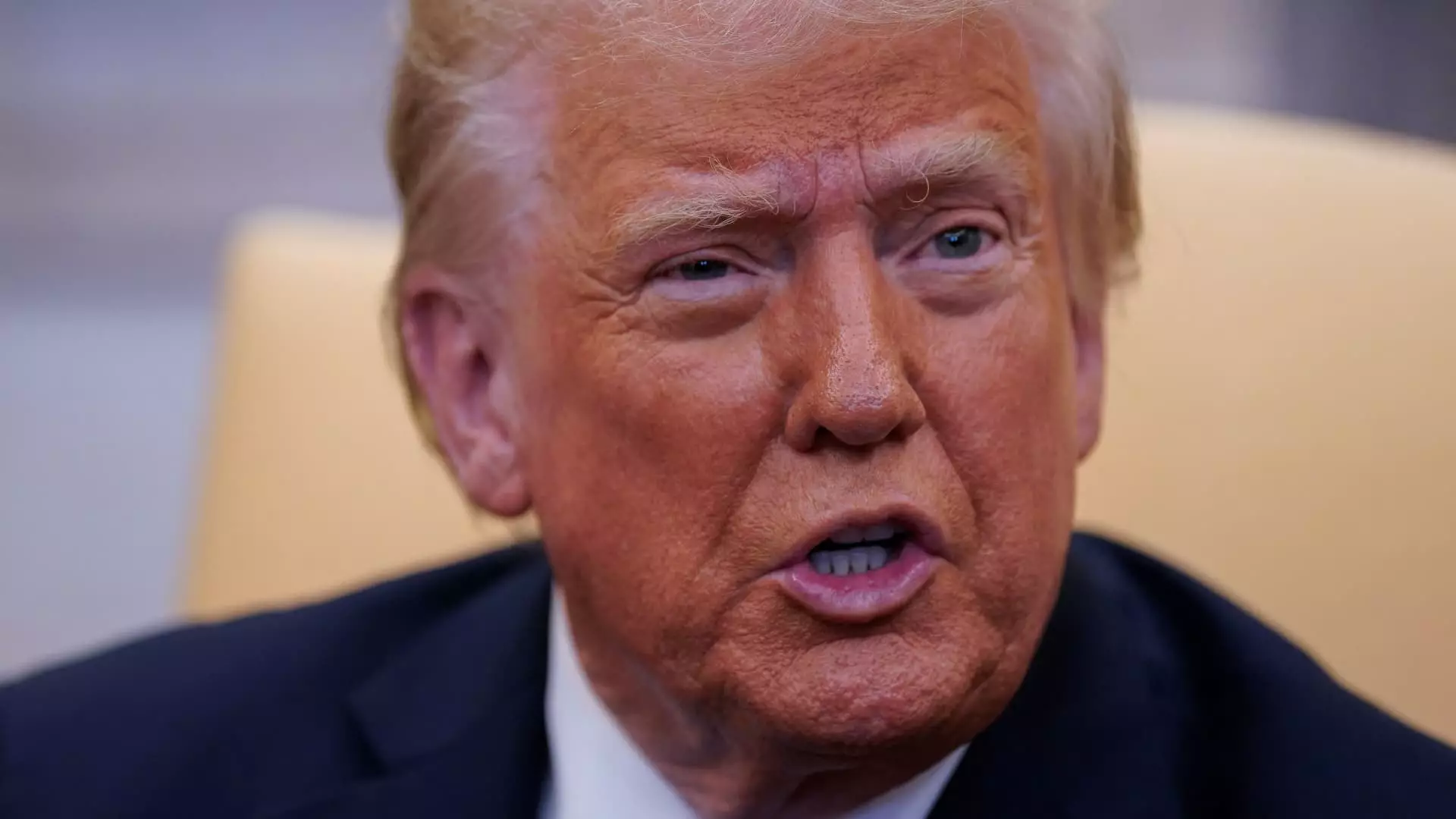In a surprising move, former President Donald Trump proposed discontinuing the production of the penny, asserting that such action would diminish what he termed “wasteful” government expenditure. This decision has sparked a wider discussion about the future of coins in America, particularly the 1-cent piece, which has been criticized for its diminishing value relative to its production cost.
The Cost Dilemma
The United States Mint has reported that manufacturing a penny costs approximately 3.69 cents, illustrating the sheer impracticality of continuing to produce a coin that costs more to mint than its actual worth. For almost two decades, pennies have been produced at a loss, making their continued minting a financial conundrum. In comparison, even the nickel is not far behind, costing the Treasury 13.78 cents to manufacture. As the government grapples with budget deficits and financial efficiency, these figures do not bode well for the future of low-denomination coins.
Legal Authority and Legislative Concerns
Despite Trump’s assertions, the legal authority to stop penny production raises questions. The U.S. Constitution assigns coinage powers exclusively to Congress, while the Secretary of the Treasury has the ability to mint coins as deemed necessary for the country. The constitutional framework suggests that any sudden cessation of penny production may encounter significant legal hurdles. Analysts have noted that even if the president’s directive withstands legal scrutiny, it could still create market disruptions affecting both merchants and consumers reliant on coinage for everyday transactions.
Wall Street analysts foresee implications extending beyond just the penny debacle. Jaret Seiberg from TD Cowen anticipates that halting penny production could instigate a shortage, placing financial burdens on businesses that would have to reconcile with banks for their coin supplies. This disruption may inadvertently accelerate the transition to digital and electronic payment systems, benefiting corporations like Visa and Mastercard. Consumers might find themselves increasingly relying on credit and debit transactions, further diminishing the relevance of physical coins.
With an increasing number of retail transactions shifting to cashless payments, the potential discontinuation of the penny could serve as a catalyst for a broader movement toward electronic currencies. Societal trends indicate a growing comfort with digital transactions, and as practical utility for small coins declines, the push toward a cashless society gathers momentum. This sentiment echoes the sentiments of many consumers who have found the hassle of handling loose change cumbersome.
As the fate of the penny hangs in the balance, it reflects a broader ideological shift within the American financial landscape. The intersection of economic logic and constitutional law raises complex questions regarding currency production and governmental authority. Ultimately, the cessation of penny minting is not merely about removing a coin; it may signal a transformative era in which symbols of currency give way to the pragmatism of financial efficiency and technological innovation, redefining how Americans engage with money in the 21st century.

